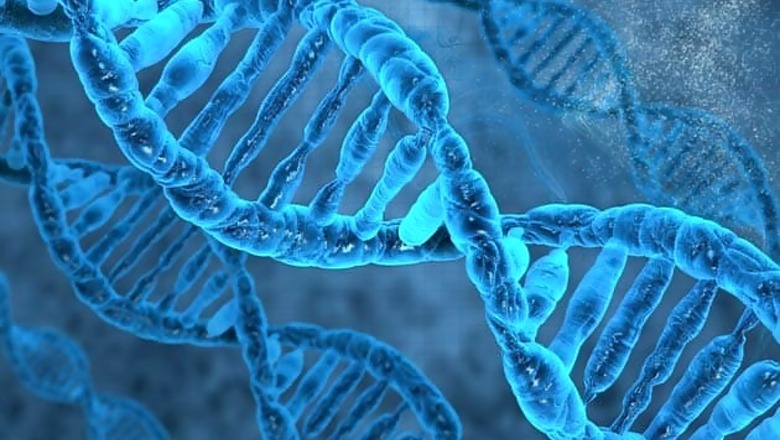
views
New York: Have you seen an artwork made of live bacteria and genes? Welcome to the world of bioart which has become one of several contemporary art forms that apply scientific methods to explore living systems as artistic subjects.
Bioart ranges from bacterial manipulation to glowing rabbits, cellular sculptures, and -- in the case of Australian-British artist Nina Sellars -- documentation of an ear prosthetic that was implanted onto fellow artist Stelarc's arm.
"Most people do not know that bioart exists but it can enable scientists to produce new ideas and give us opportunities to look differently at problems," said study author Ali K Yetisen from Harvard Medical School.
At the same time, there has been a lot of ethical and safety concerns happening around bioart and artists who wanted to get involved in the past have made mistakes, he added.
Bioart encourages discussions about societal, philosophical and environmental issues.
"It can help enhance public understanding of advances in biotechnology and genetic engineering," added study co-author Ahmet F Coskun from California Institute of Technology.
Joe Davis is an artist who works not only with paints or pastels, but also with genes and bacteria.
Today, Davis is a research affiliate at MIT Biology and "artist-scientist" at the George Church Laboratory at Harvard University.
Davis is working with several members of the Church lab to perform metagenomics analyses of the dust that accumulates at the bottom of money-counting machines.
Another project involves genetically engineering silk worms to spin metallic gold.
In 1986, he collaborated with geneticist Dan Boyd to encode a symbol for life and femininity into an E coli bacterium.
The piece, called Microvenus, was the first artwork to use the tools and techniques of molecular biology.
Since then, bioart has become one of several contemporary art forms -- including reclamation art and nanoart.
"In the era of genetic engineering, bioart will gain new meanings and annotations in social and scientific contexts," Yetisen noted.
A review of the bioart field was published in the journal Trends in Biotechnology.



















Comments
0 comment